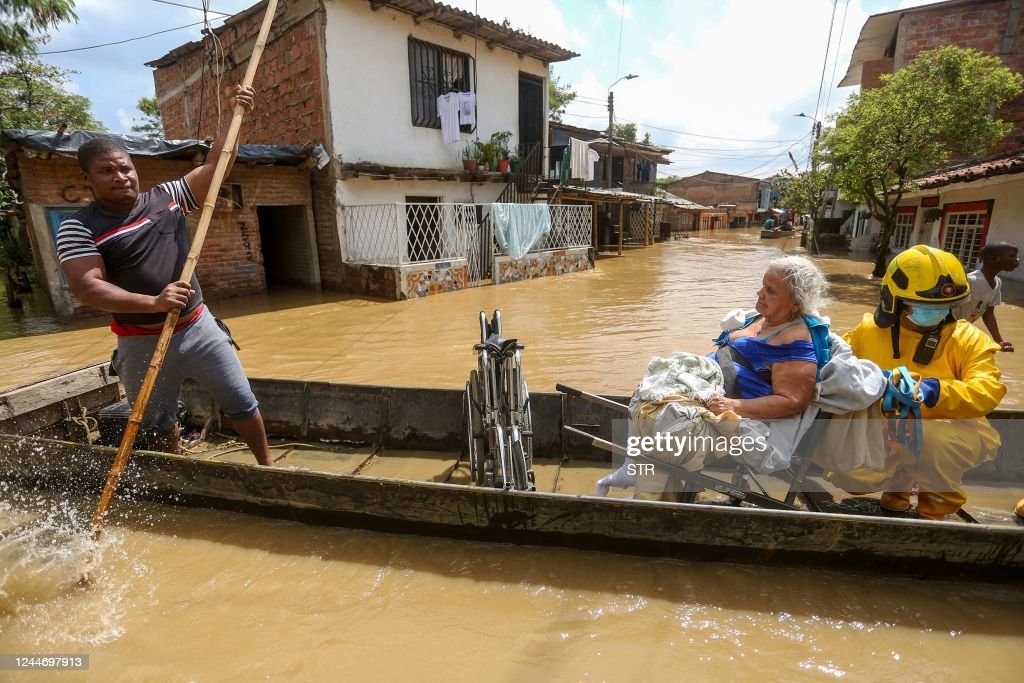News Americas, NEW YORK, NY, Mon. Nov. 5, 2022: Latin America is renowned for its beautiful mountains, forests, and coastal landscapes. Residents of the various regions will often share incredible sights and experiences they’ve gathered over years of living there.
Along with the good, they’ll, unfortunately, also go through some hardships due to natural disasters and other emergencies. For this reason, authorities have been working on an emergency response plan since the 1960s and refining it more as technology advances.
Below is more information on what emergency response strategies and plans are in place and how they’ll help the communities in Latin America:
- Why Focus On Latin America?
As beautiful as the regions are, the terrain could be treacherous during an emergency. Regrettably, the areas are prone to sudden natural disasters like flooding, hurricanes, volcano eruptions, heavy rain, earthquakes, and much more.
Because many areas are rural, some without proper infrastructure like roads, getting food and medical supplies like an intraosseous access system to those in need during an emergency may be challenging. These devices are especially beneficial for providing medication and fluids to injured persons and are simple enough to use in the field.
- How Was The Plan Developed?
Authorities recognized that there was a need for all the areas to prepare themselves for emergencies to adequately assist everyone affected by a disaster. Although they identified the demand during the 1960s, only in 2005 did they create a solid strategy with pillars that included:
- Improving the ability and capacity to quickly respond to emergencies to assist communities with food and other services
- Preparing logistic options for transporting supplies, including supply routes and vehicles
- A system for keeping information on emergencies before and after they occur that could serve as future reference.
Even if the pillars were in line with the 2004 – 2007 strategy and the newer strategy for the years 2008 – 2013, authorities decided to add more objectives to their plan to make it more comprehensive, and those are still in place today:
- Prioritizing saving lives and protecting the livelihoods of residents in the affected areas
- Increasing the capacity of the site to reduce hunger
- Investigating and providing adequate feedback for preparing and responding to disaster
With the need for an organized approach, authorities set up hubs to assist the regional and sub-regional areas with shipments of necessary supplies. These hubs also had a particular set of goals to prepare for any emergency they may encounter:
- Involving the civil defense authorities and other region-specific organizations in joining the cause
- Providing more training to all first responders that could be involved in responding
- Developing a virtual platform that shares information and best practices with other responders
- Promoting collaborations and cooperation between various agencies, whether local or international
- Strengthening the ability to give early warning to residents through technological advances and other tools
The above provides a status of emergency response programs in place.
- What Else Are Authorities Doing To Help?
The need for proper preparation for any kind of emergency in the Latin American region should include more than just well-stocked hubs to provide food, shelter, and medical supplies. Citizens need to understand the seriousness of each situation and ready themselves for the worst when there’s a threat in their area. For this reason, authorities have applied the strategies below:
- Specialists like volcanologists and other professionals monitor early warning systems and early impact tools for natural disasters. The well-educated personnel will interpret the data and science they receive from the system and give accurate predictions on the severity of the issue.
- Sharing live updates and details of the oncoming emergency, like minute-by-minute hurricane reporting, is now available online. Another way of sharing this information with the masses is a warning system that sends out text messages, e-mails, and more to warn everyone involved.
- Illustrated maps for weather and other events make it more understandable to those without knowledge of the terminology. Moreover, they can see where the safe zones are at a glance, not needing to take a lot of time before reacting.
The above are additional efforts to beef up emergency response in the area.
- Why Do Preparation For Emergency Response?
Preparing to respond will ensure that all the necessary personnel is on standby to assist with whatever the citizens in Latin America need. Whether it be food aid, medical treatment, or temporary housing, all can be on high alert and complete their tasks according to the emergency response roster.
Furthermore, being prepared sets the stage for proper communication and collaboration across all parties involved for a more favorable outcome overall. It may be invaluable for Latin American countries to rethink their future regarding their preparedness to successfully navigate any emergency that comes their way.
Clearly, the emergency response for Latin America has come a long way since authorities first started implementing their various strategies. Unfortunately, there seems to be a lot left to do, especially in rural areas. However, the different parties are always trying to reach as many citizens as possible to provide the best care they can during an emergency.










